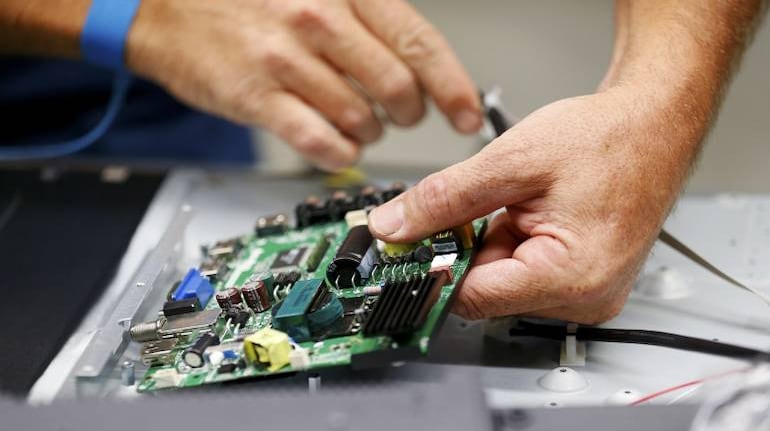



Taking the policy pitch for self-reliance in trade a step further, the government has planned to achieve this in at least 10 sectors.
"In the identified sectors, we'll focus on improving the quality of domestically produced goods so as to reduce unnecessary imports and simultaneously add to the global value chain," a senior government official said.
Apart from sectors already identified by Prime Minister Narendra Modi, like footwear, furniture and air conditioners, the Department of Promotion for Industry and Internal Trade (DPIIT) has internally identified sectors like capital goods and machinery, mobile and electronics, gems and jewellery, pharmaceuticals, textiles and garments, the official said.
These sectors have been identified keeping in mind that India has a natural advantage there, and can be harnessed further, the official said.
“It won't happen in a day, increasing competitiveness is a tall task. First domestic production needs to increase manifold to cut down import dependence. And not just that, the potential to export in these sectors need to be explored too," the official said.
The first step to achieving this would be to get more investment in these sectors to make India a manufacturing hub and the respective ministries are already looking into that, the official said.
Prime minister Narendra Modi had raised concerns about India's import dependence, specifically highlighting the over 30 percent imports in the air conditioners sector.
The Indian AC industry, with an estimated Rs 12,000 crore market and sales of over 5.5 million units, is largely dependent on imported compressors — which accounts for 60-65 percent of an AC’s production value.
The outbreak of the virus and its consequent economic damages and the recent standoff with China at the Ladakh border have put into sharp focus China-India bilateral trade, because of India's import dependency in some sectors.
China is one of India’s leading trade partners and constitutes 9 percent of India’s total exports and 18 percent of total merchandise imports.
Import dependency on China for a range of raw materials (APIs, basic chemicals, agro-intermediates) and critical components (auto, durables, capital goods) is skewed. Of the respective imports, 20 percent of the auto components and 70 percent of electronic components come from China. Similarly, 45 percent of consumer durables, 70 percent of APIs and 40 percent of leather goods imported are from China.
To address this dependence on China, prime minister Narendra Modi has announced a policy shift in making India self-reliant."India's industry leaders need to invest in building robust local supply chains that will strengthen India's position in the global chain," Modi said recently.
Discover the latest Business News, Sensex, and Nifty updates. Obtain Personal Finance insights, tax queries, and expert opinions on Moneycontrol or download the Moneycontrol App to stay updated!
Find the best of Al News in one place, specially curated for you every weekend.
Stay on top of the latest tech trends and biggest startup news.